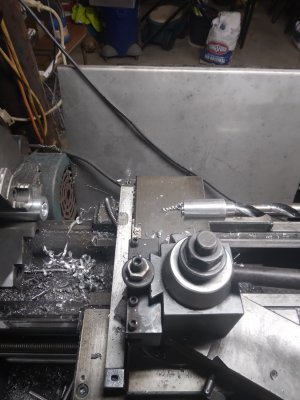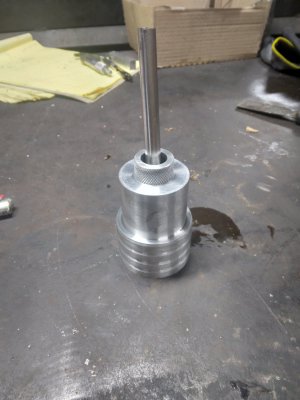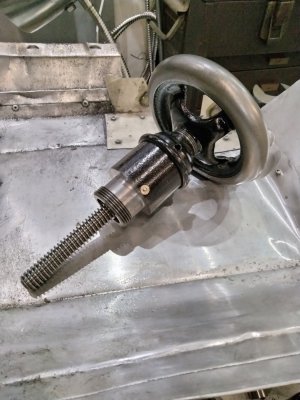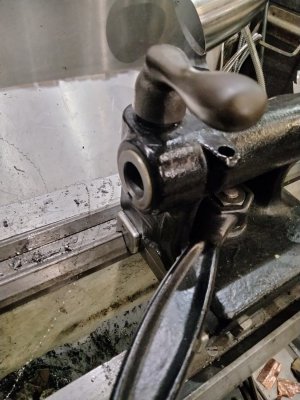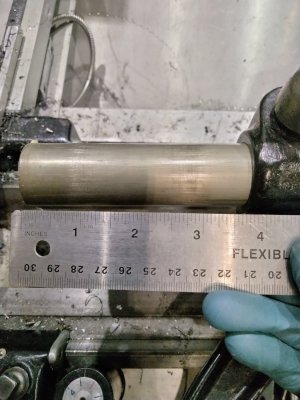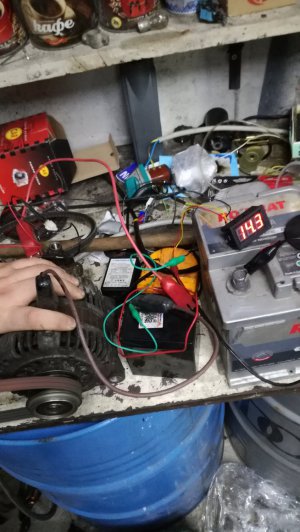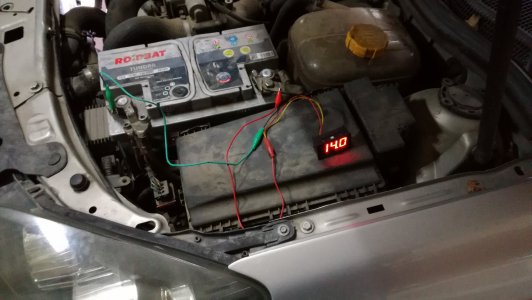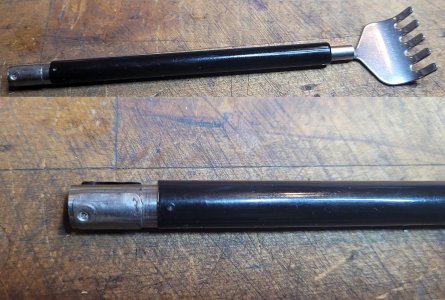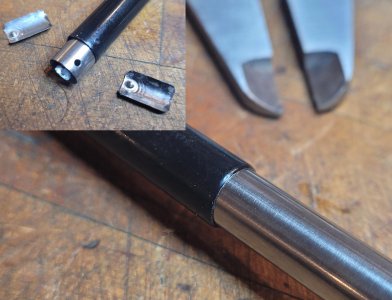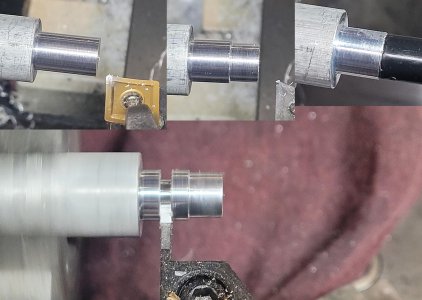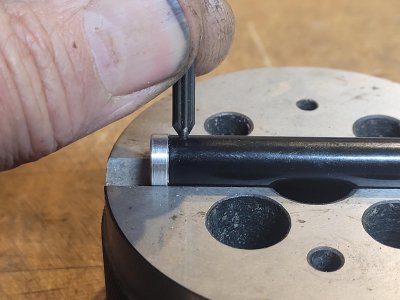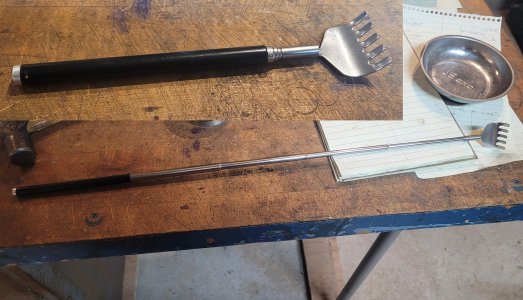My project of the day (week) has been the repair (again) of my dryer. We bought this Kenmore HE3 dryer in 2002 or 2003, so it is well past it's use-by date. But here's the thing: Whirlpool-made appliances are well-supported at least in the secondary market with parts and advice on various forums. I had already replaced the heating element twice, a couple of the thermostats, and the control board after a lightning surge got the old one. The new symptom was the dryer would just stop, or would fail to start the motor (after clearly trying). I tested the thermistor, the overtemp fuses, and the overheat thermostat to no avail, but they are also cheap so I have replaced them. I've also replaced the door hinge and the plastic window in the door when the old one cracked.
The motor is an open-frame induction motor of maybe 1/4 HP. Open-frame motor in a dryer? Really? What could possibly go wrong having an open frame motor in an environment where moist lint is always flying around?

The motor has its own overload self-resetting breaker, plus a centrifugal switch that not only switches out the starting coil but also tells the control board when the motor is not running. And there is a belt switch that shuts down the dryer if the belt breaks--that switch also serves as the belt tensioner.
Lots of safeties in these things. There is the thermistor that tells the control board how hot the air is, and when it's too hot, it turns off the heating coil for a while. Then there is a thermal fuse right next to it in the blower path that breaks if the thermistor control fails and the air overheats. The heater stove also has an overtemp thermostat that is self-resetting, and backing that up is another thermal fuse that opens the heating coil circuit in case the thermostat doesn't work. All this is designed to keep it from burning down the house even if stuff fails. There's another switch in the blower path that detects when the lint screen is not in place or clogged, and a switch in the door to pause the dryer when the door is opened.
Basically, every one of these switches can be replaced for well under fifty bucks.
The motor was for me the main culprit, however. I think that motor was so packed up with lint that the centrifugal switch was not working properly, or the motor and drum bearing drag was so high (those drum bearings were packed with two decades of red hair and cat fur and barely turned) that the motor was overloading. I sourced a new motor that is not a knock-off from you-know-where, but actually is a Whirlpool OEM replacement made in Mexico that cost about twice as much.
And I vacuumed out the vent system. Much vocabulary was required during that activity.

Basically I had it apart down to its elements. The drum was out, the top was off, the front was off, and the control panel and control-board enclosure were set aside without disconnecting anything. As I was reassembling, the control panel slipped off of where it was sitting and fell, which cut a six-conductor ribbon cable between the front panel and the control board.
More vocabulary.

Hey, I went to public school. I have a good vocabulary.

So, now I have ribbon cables on the way. Sure, I could have made up my own wiring harness, but by this time I was tired of the project, which requires me to stand on my head while working, sorta like most plumbing jobs.
All in, I'll be out about $250, assuming my time is worth nothing, which is an accurate assumption. Why didn't you just buy a new dryer you ask?
1. New dryers are even crappier than this one, no matter how much you spend.
2. New dryers of this type are $600.
3. A new dryer requires a new washer, because the source of that red hair (aka She Who Must Be Obeyed) says so.
4. We'd probably end up with Samsung or LG and those would be unmaintainable in the future.
$250 and a couple of evenings versus a coupla grand for nice-looking disposable junk seems like a no-brainer to me. And fixing it earns Red-Head Bonus Points. Her comment: "So, we have basically a new dryer for $250?" Yup.
Rick "could not find a single aspect of this project that required the lathe

" Denney


